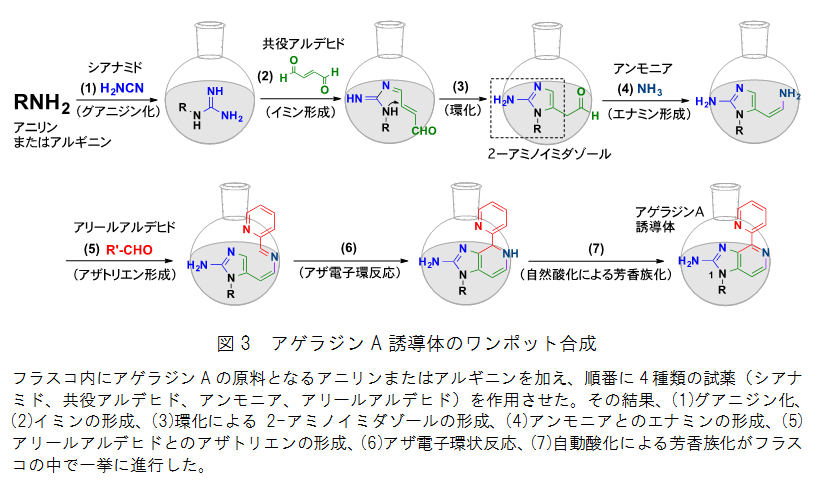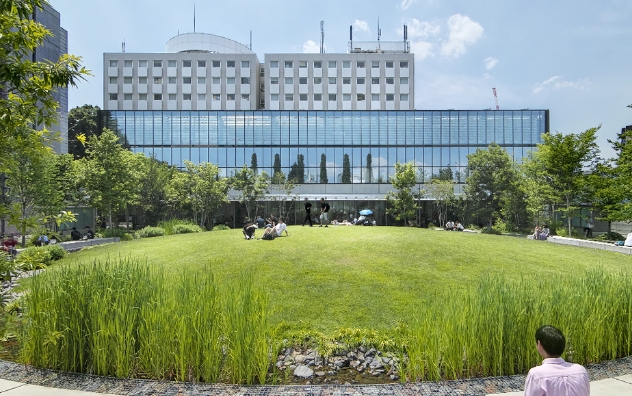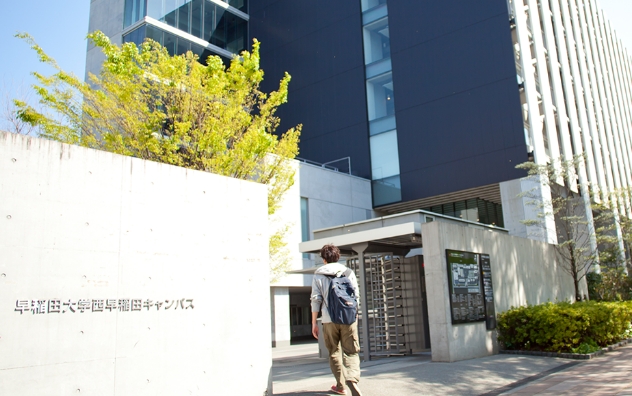One-pot evolution of ageladine A for future Alzheimer’s disease treatment
Thu, Sep 15, 2016-
Tags
An international joint research team※ which includes Professor Yoichi Nakao from the Faculty of Science and Engineering developed a simple and effective method called the one-pot procedure and synthesized new derivatives of the natural product, ageladine A. The group also discovered compounds from the de novo synthesis of ageladine A that selectively activate or inhibit differentiation of neural stem cells from mice ESCs (embryonic stem cells) into neurons. The research results are expected to contribute to the analysis of neural differentiation mechanisms and the therapeutic development of related diseases, such as Alzheimer’s disease and Down syndrome.
Ageladine A, a marine alkaloid found in 2003, is known to have anti-cancer effects. The research group carried out the one-pot procedure to construct ageladine A and an array of its structural analogues, which otherwise would have been synthetically inaccessible. In the one-pot procedure, reagents are added in sequence to the target molecule for cascading chemical reactions in a single flask, saving time and resources in a highly concise manner. In these trials, simple aniline and arginine were used as raw materials.
Furthermore, several of the compounds synthesized using this cascade modulated the neural-cell differentiation to neurons, even at 10nM. The research group has successfully transformed natural ageladine A into a new class of compounds that are potent and selective in modulating neural differentiation entirely through the one-pot procedure.
This research was conducted as part of the Molecular Technology and Creation of New Functions model (Therapeutic In Vivo Synthetic Chemistry: Synthesis of Bioactive Compounds in Animals) in the Japan Science and Technology Agency’s (JST) CREST Program.
The full paper of this research is available on Chemistry – A European Journal, a German science magazine (as of August 25).
※Team members
- Biofunctional Synthetic Chemistry Laboratory, Institute of Physical and Chemical Research (RIKEN)
Katsunori Tanaka, Associate Chief Scientist
Takayuki Iwata, Junior Research Associate (currently assistant professor at Kyushu University’s Institute for Materials Chemistry and Engineering)
Kazuki Tsubokura, Junior Research Associate
- Faculty of Science and Engineering, Waseda University
Yoichi Nakao, Professor
Daisuke Arai, Junior Researcher
Satoshi Otsuka, Research Associate
- Graduate School of Science, Osaka University
Koichi Fukase, Professor
- A. Butlerov Institute of Chemistry, Kazan Federal University
Almira Kurabangalieva, Associate Professor














